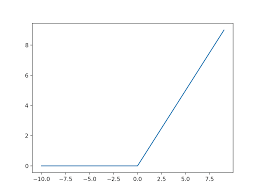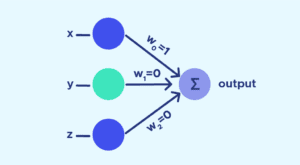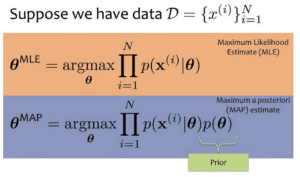A Brief History: Who Invented It?
Imagine a flashlight being turned on in a dark room. Geoffrey Hinton’s work in the 2000s popularized rectifier activation functions, much like flipping the switch illuminated new pathways in deep learning. They’ve since become vital tools in areas like image recognition and natural language processing.
What Is It?
Think of a rectifier activation function as a one-way valve for water. It only allows positive water flow, while blocking anything negative. Similarly, it outputs positive values and filters out anything irrelevant (zero for negatives), acting as a gate to streamline information.

Why Is It Used? What Challenges Are Solved?
- Efficiency Boost: Like a well-oiled machine, they enhance neural network computations.
- Vanishing Gradient Problem: Comparable to a GPS recalculating directions, rectifiers ensure signals aren’t lost as networks grow deeper.
Challenges Addressed:
- Gradient Flow: Keeps the gears turning smoothly in deep networks.
- Faster Training: Reduces time, just like an express lane.
- Hierarchical Learning: Improves performance in layered tasks, akin to sorting through a file cabinet efficiently.
How Is It Used?
Picture a multi-tool being deployed for intricate repairs. Rectifiers are primarily utilized in the hidden layers of neural networks:
- Complex Patterns: They carve out solutions like a chisel on marble.
- Training Speed: Simplify and accelerate like a turbocharger.
- Feature Extraction: Sharpen details like a precision lens in tasks like image processing or speech recognition.
Different Types
Each rectifier variant has its own unique tool-like characteristics:
- ReLU: The hammer – simple and effective. Outputs max(0, x).
- Leaky ReLU: The wrench – lets a small, controlled flow (gradient) through even for negatives.
- Parametric ReLU (PReLU): The adjustable spanner – learns the best fit for negative slopes.
- ELU (Exponential Linear Unit): The buffer – smoothens transitions for better stability.
Different Features
- Simplicity: Low computational overhead, like a lightweight yet powerful screwdriver.
- Non-linearity: Adds flexibility akin to a Swiss Army knife.
- Adaptability: Variants like PReLU adjust for specific tasks, much like interchangeable drill bits.
Different Software and Tools
Your toolbox includes advanced digital frameworks for deploying rectifiers:
- TensorFlow: Comprehensive, multipurpose, akin to a full tool chest.
- PyTorch: Flexible and experimental, like a 3D printer for prototyping.
- Keras: A simple, user-friendly tool for quick builds.
- scikit-learn: Perfect for beginners, like a starter kit.
Three Real-World Applications in Australian Governmental Agencies
- Healthcare Diagnostics: ReLU-powered networks analyze medical imagery, like X-rays, for accurate disease detection.
- Smart Traffic Systems: Predict and optimize traffic flow, much like a control tower directs air traffic.
- Environmental Monitoring: Analyze real-time data for conservation and disaster management, akin to a weather radar station.
How interested are you in uncovering even more about this topic? Our next article dives deeper into [insert next topic], unravelling insights you won’t want to miss. Stay curious and take the next step with us!








